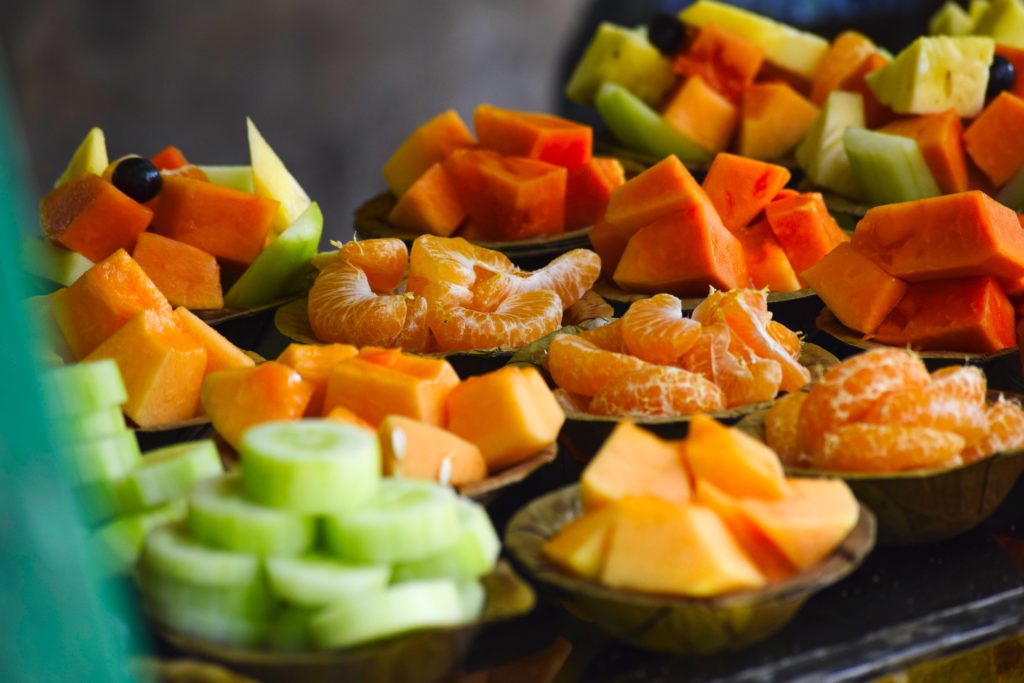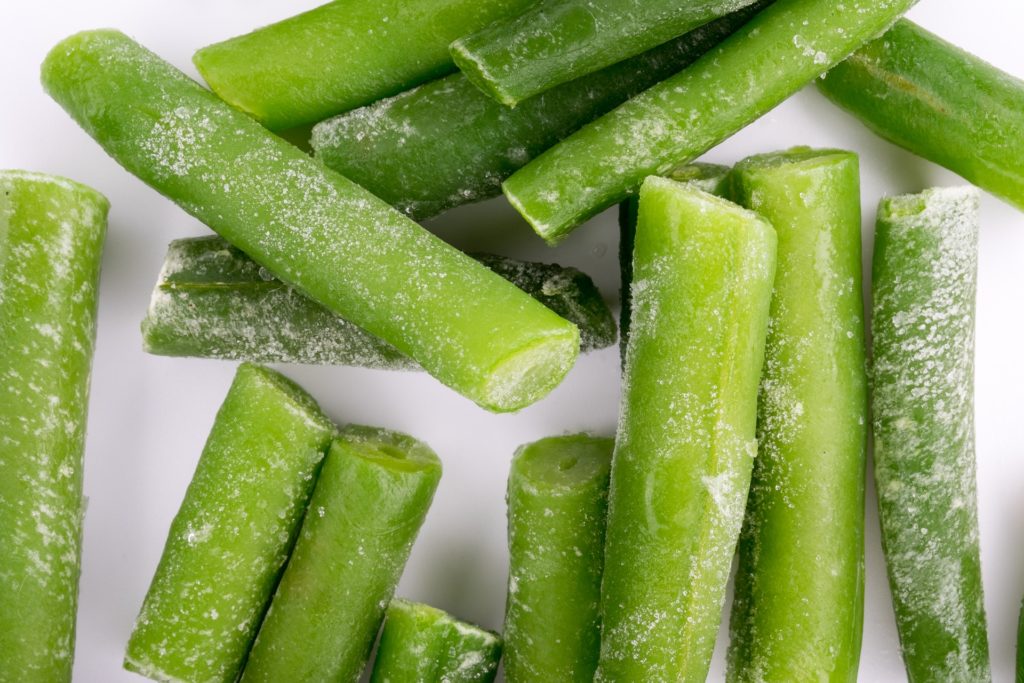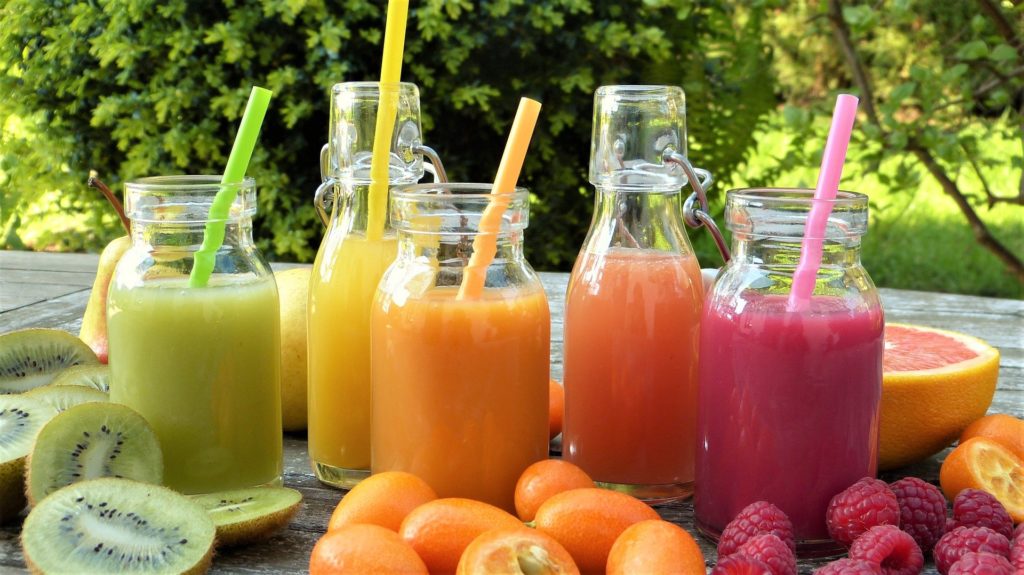By Emanueli Backes
The problem with enzymatic browning
Think back to a time when you ate an appetizing apple. After a few moments of eating the first bite, the exposed area you just bit begins to darken. You’re probably wondering how it went from a white to brown color so quickly? Amazing! Could it be witchcraft?
Not at all! In fact, what happened has a name and a well-known scientific explanation. It is called enzymatic browning. The brown color is formed as a result of an enzymatic reaction, primarily driven by a group of enzymes called polyphenol oxidases (PPOs). These are endogenous native enzymes in plant tissues which are found all over the vegetal kingdom. PPOs have a special capacity of catalyzing the oxidation of phenols in the presence of oxygen. Thus, a rich source of compounds with phenolic groups in its structure (known as phenolic compounds), fruits and vegetables are a common attack target of these enzymes.
PPOs oxidation of phenolic compounds result in the formation of a molecule called quinone, that further undergoes through self-coupling reactions by forming a brown-color macromolecule (polymer). Moreover, quinones might also react with other compounds, such as amino acids, proteins, phenols, and sugars, by yielding organoleptic (e.g. color, flavor, and texture) and nutritional alterations that may be unappealing to consumers.
Such as what happened with your bitten apple – where visible signs of browning were easily observed – products affected by browning reactions often result in quality deterioration and nutrient degradation, which reduces shelf life and market value. The PPO action affects minimally-processed fruits, and vegetables, purees, nectar, seafood, and others during handling, storage, and processing. It represents a major problem in the food industry, that has to be overcome in order to reduce food waste by increasing quality and thereby shelf life.

Browning inhibition methods
But what approaches does the food industry already use to deal with this problem? Most of the anti-browning techniques involve the control of the essential components for the reaction to occur such as PPO activity, oxygen accessibility, and/or substrate. The selection of the most suitable strategy of browning inhibition depends on several aspects. Since some of these strategies might affect the product sensory attributes (e.g. texture and color), a balance between its inhibition efficiency and modification level are required. Besides, the budget also plays an important role in the types of technologies employed.
Next I am going to talk about some conventional and new anti-browning methods, their utility and on what food types they have been tested.
Heat
Due to heat’s capacity of permanently deteriorate enzymes, the most traditional method used is heat. PPOs show mild thermal stability and, therefore, their catalytic activity is effectively destroyed in temperatures ranging from 50 to 90oC. Products such as juices and purees are often indirectly treated with heat through heat exchangers (a process called pasteurization). Whole, and cut frozen fruits, and vegetables, however, have PPOs inactivated by another heat strategy called blanching (direct contact of fresh food with steam or hot water).

However, a major negative aspect related to this approach is the loss of components that are sensitive to heat – which includes vitamins, flavors, colors, etc. Consequently, it leads to undesirable organoleptic alteration and a decrease in nutritional quality.
Chemical
Chemical agents may be added to preserve the original characteristics of the products which reasonably extend shelf life. In this approach, the chemical agents employ different mechanisms to prevent enzymatic browning. The main ones inhibit PPO activity by decreasing the product pH until levels lower than the optimal PPO activity level (very common in juices, e.g.). However, other chemical methods may also be based on complexing agents action, in which molecules are added to interact with the phenolic substrates by preventing their oxidation.
Chemical-based reactions for PPO inhibitions are more often applied in beverages and fresh, minimally processed fruits. However, recent trends in choosing products with reduced use of chemical ingredients have been increasing among consumers and, consequently, decreasing the acceptance of these products.

It seems that finding a highly efficient method to avoid enzymatic browning without changing any original aspects of the food, and without using any chemical additive feels like an impossible mission (~ even for Tom Cruise). However, a lot of new methods have been developed in the past years.
Recent approaches
So far, a cold pasteurization system has shown great promise for PPO inactivation in food, without the requirement of chemical preservatives and/or additives at lower temperatures. High-pressure processing (HPP) is capable of overcoming conventional approaches by preserving nutritional compounds within the food. In addition, HPP has received attention because of its ability to preserve the sensory properties of fresh food, which is more acceptable to consumers. So far, purees, juices, and fresh fruits were already well-treated with the HPP system.
With application focused on liquid foods and beverages (such as purees and juices) ultrasound and thermosonication (ultrasound coupled with moderate temperature ranges) methods have demonstrated satisfactory results in inactivation of enzymes causing oxidation. The sonic waves emitted act by breaking down bonds of the enzyme polypeptide chain which results in a loss of activity. In fact, Cervantes-Elizarrarás et al. (2017) demonstrated that there is higher potential of thermosonication on PPO inactivation than the traditional heat method of pasteurization. Additionally, less organoleptic alterations occur with this approach compared with the more heat intensive approaches.
Another relevant method uses pulsed electric fields for the treatment of beverages which lowers levels of PPO residual activity. The technique uses high voltage and low temperatures for enzyme inactivation. Although its use is restricted to a small number of products, its ability to preserve the food’s nutrients, and the extremely short processing time are undeniable advantages of this technique.
One of the most recent approaches that has been receiving special attention is called cold plasma (~ sounds like something futuristic, doesn’t it?). Although the mechanism of enzyme inactivation is still not completely understood, scientists believe that the partially or wholly ionized gas used in this technology may be capable of modifying the enzyme structure, by inactivating it. In fact, Pankaj et al. (2013) successfully applied cold plasma for PPO inactivation in crude extract from tomato.
Where do we go from here?
You may have realized that the possibilities of methods for PPO inhibition are huge. However, is hard to find a single one that itself is capable of overcoming browning issues without any side effect. Moreover, the most promising strategies often have full-scale application limited by their high cost requirements.
So far, continuous studies have been carried out to either improving, and cheapening the existing methods or developing efficient new strategies for PPO inhibition. For now I guess we can use our imagination by wondering how will the processing technologies be like in the future. Are we, somewhen, going to be able to eat a hole apple without concerning about it getting dark? I don’t know about you, but my expectations about science are huge!
References
Cervantes-Elizarrarás, A., Piloni-Martini, J., Ramírez-Moreno, E., Alanís-García, E., Güemes-Vera, N., Gómez-Aldapa, C. A., Zafra-Rojas, Q. Y., & del Socorro Cruz-Cansino, N. (2017). Enzymatic inactivation and antioxidant properties of blackberry juice after thermoultrasound: Optimization using response surface methodology. Ultrasonics Sonochemistry.
Chakraborty, S., Kaushik, N., Rao, P.S., Mishra, H.N. (2014). High‐Pressure Inactivation of Enzymes: A Review on Its Recent Applications on Fruit Purees and Juices. ComprehensiveReviews in Food Science and Food Safety.
Jiang, Y., Duan, X., Qu, H. (2016). Browning: Enzymatic Browning. Elsevier Ltd.
Pankaj, S.K., Misra, N.N., Cullen, P.J. (2013). Kinetics of tomato peroxidase inactivation by atmospheric pressure cold plasmabased on dielectric barrier discharge. Innovative Food Science and Emerging Technologie.
Silva, F.V.M., Sulaiman, A. (2018). Polyphenoloxidase in Fruit and Vegetables: Inactivation by Thermal and Non-thermal Processes. Elsevier Ltd.
Tinello, F., Lante, A. (2018) Recent advances in controlling polyphenol oxidase activity of fruit and vegetable products. Innovative Food Science & Emerging.

Emanueli Backes | Linkedin
SMF Blog Writer
Emanueli is a Brazilian enthusiastic for food science and technologies. Backes graduated with a degree in Food Engineering and Masters in Quality and Food Safety. She is now pursuing her PhD in Food Science. Backes research focus is on organic synthesis of new antioxidant compounds through enzymatic reactions.
Emanueli loves education and science popularization; she believes everything can be demystified, uncomplicated, and taught.






Leave a Reply